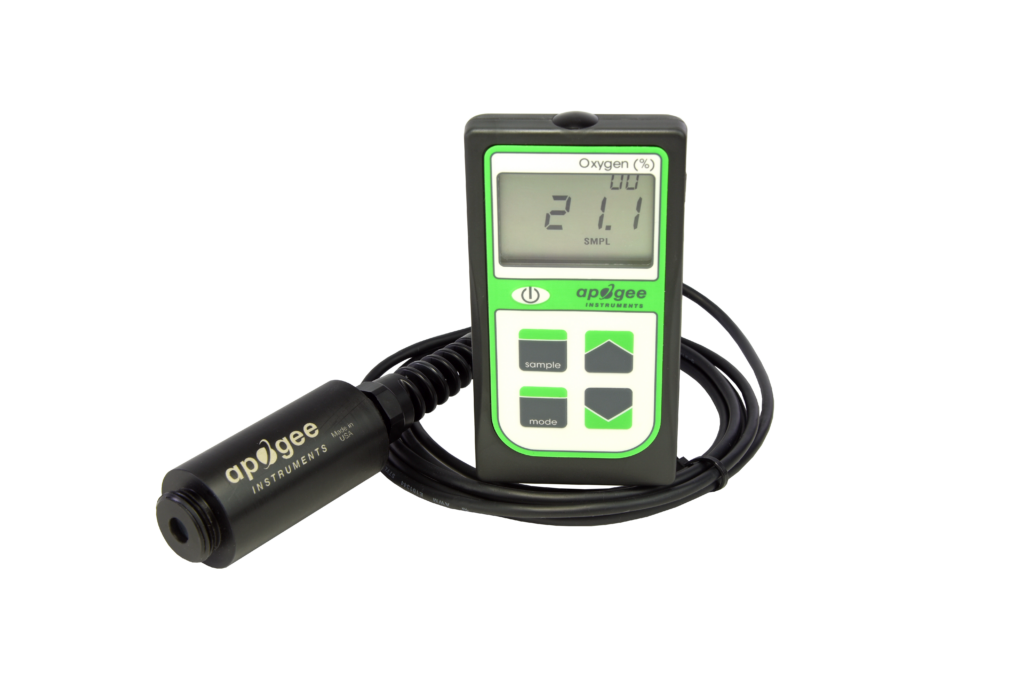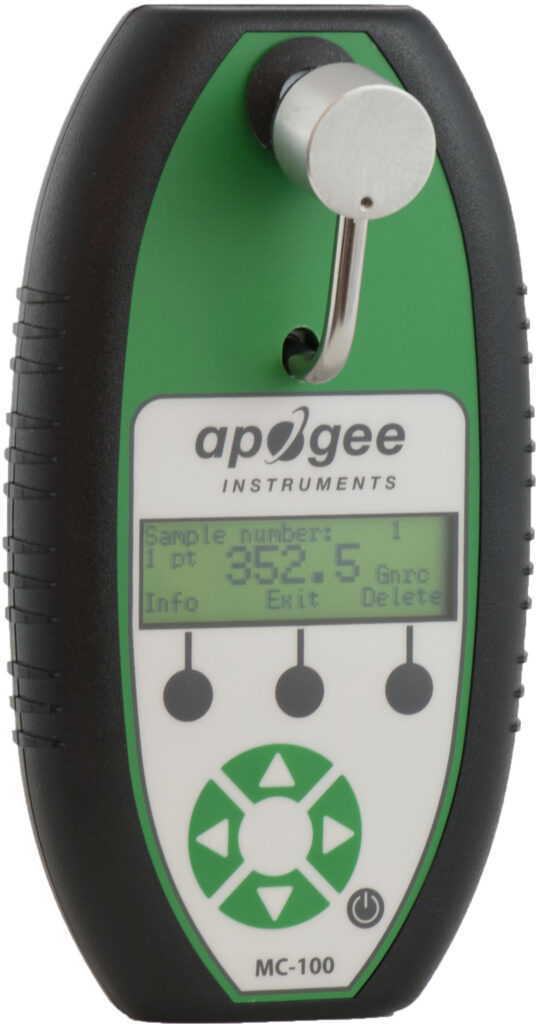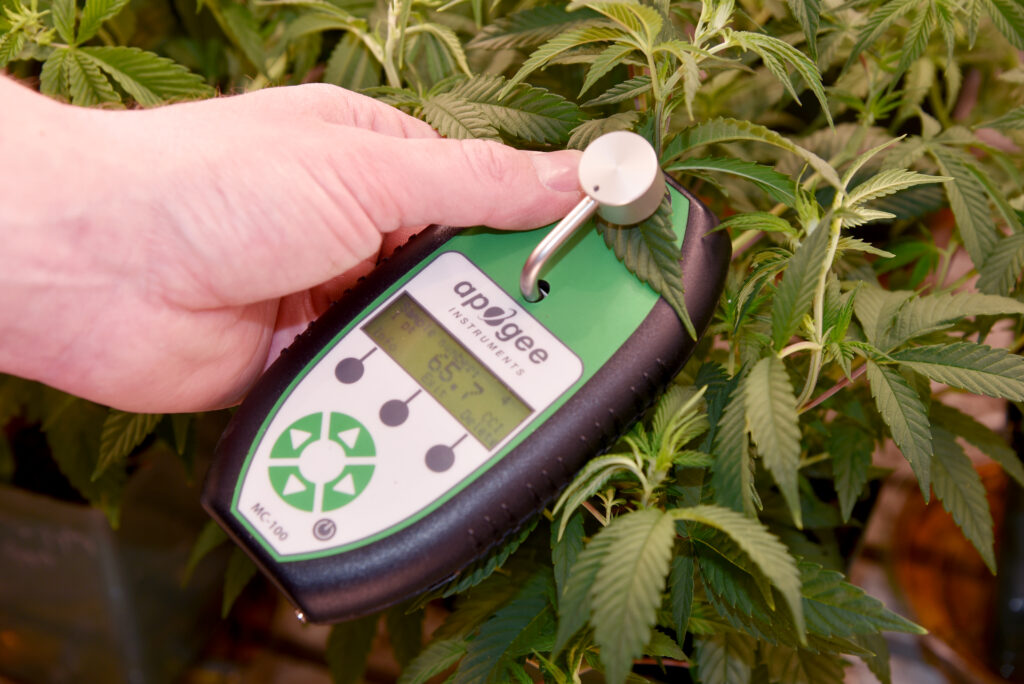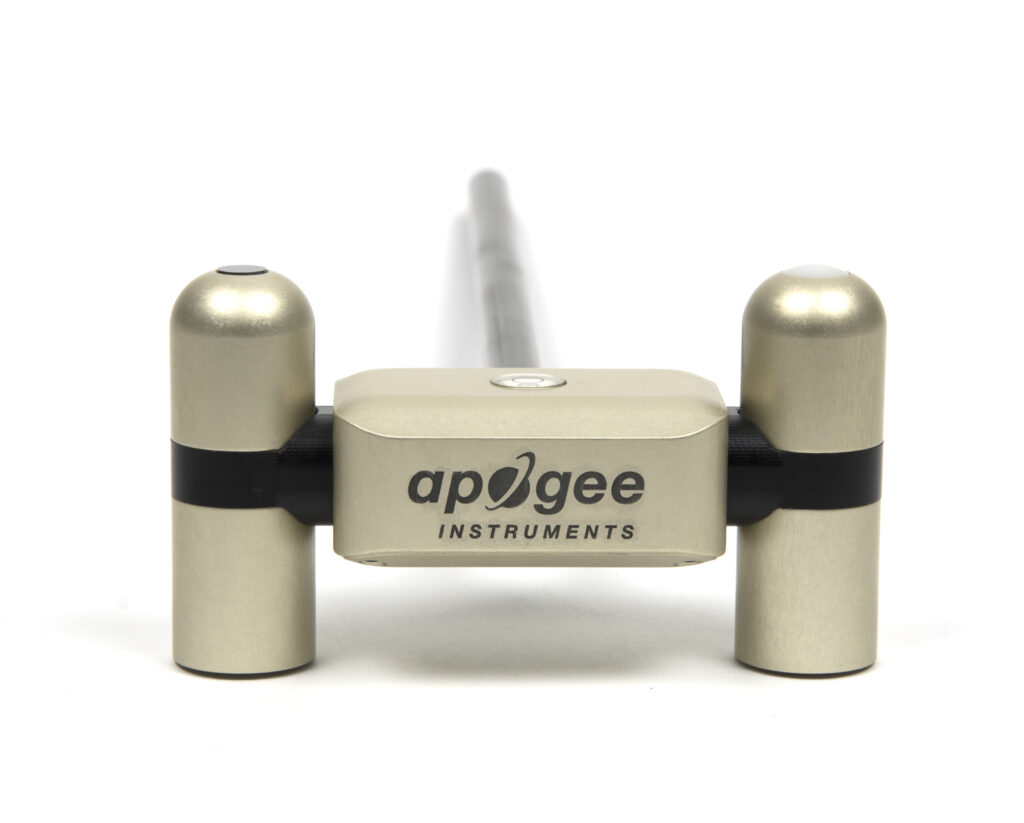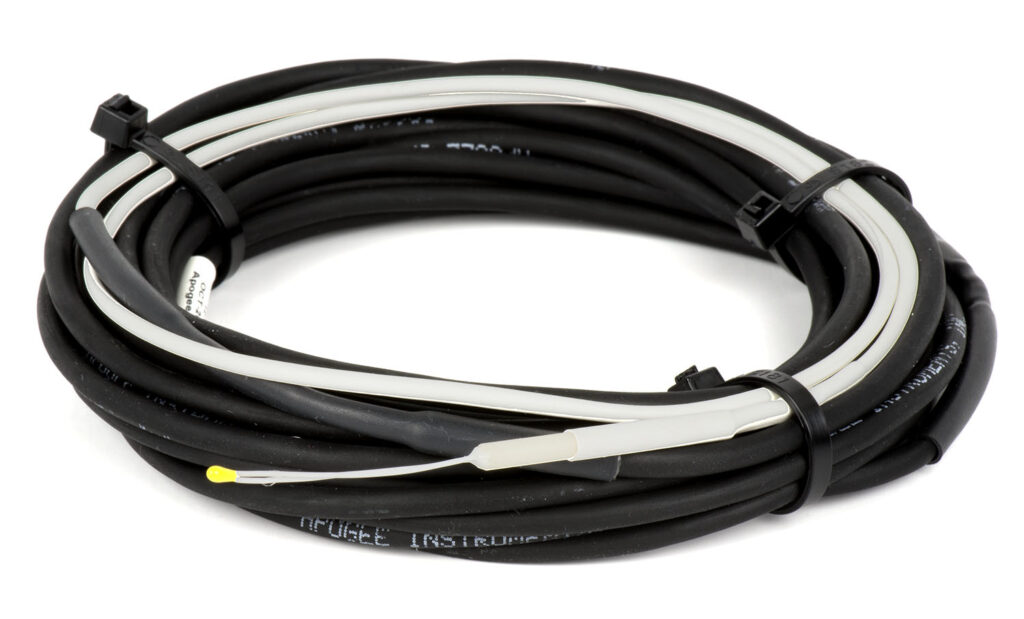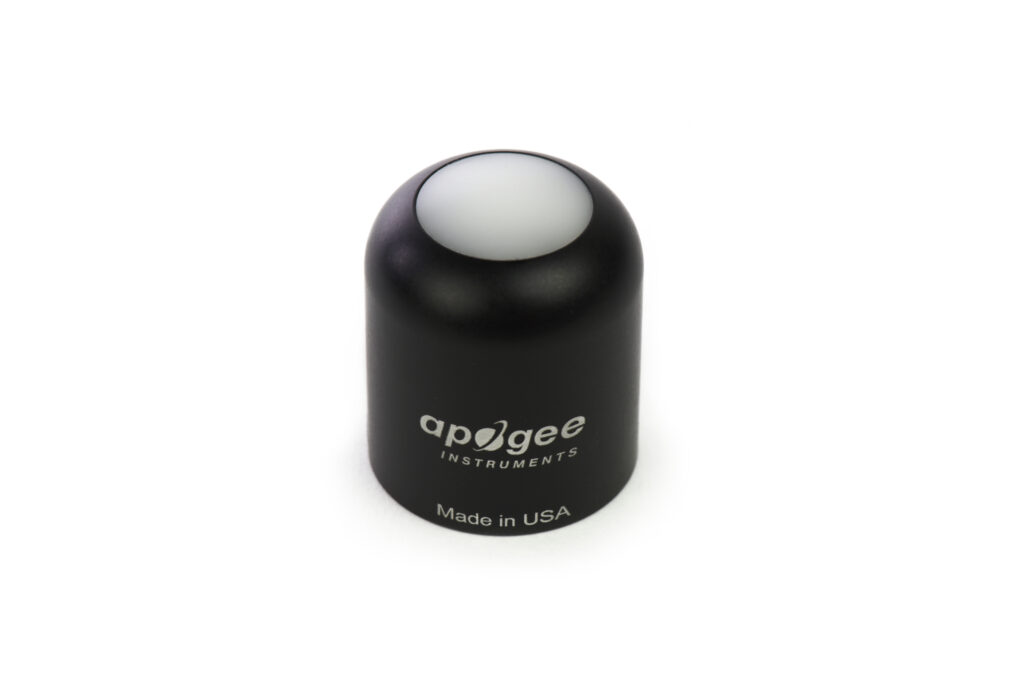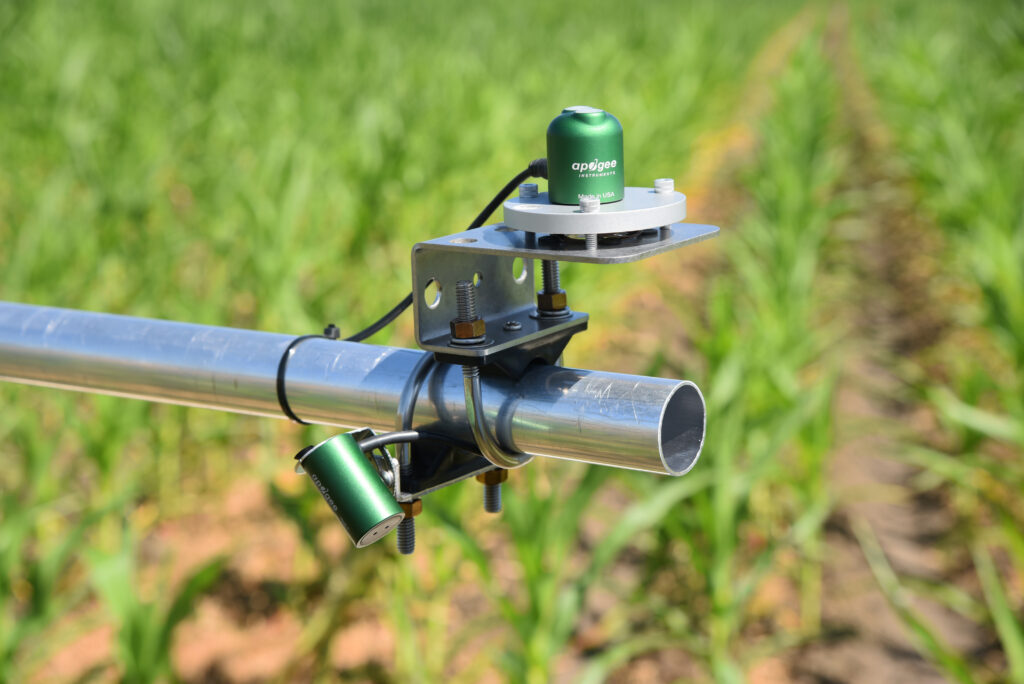Agro-Met Monitoring and Research
Agro-Met (Agricultural Meteorology) & Research involves the study and application of weather and climate data to improve agricultural practices. It focuses on understanding how environmental factors like temperature, rainfall, humidity, and wind affect crop growth, soil health, and farm productivity. Agro-Met research combines meteorological science with agriculture to develop strategies for optimizing crop yield, reducing risks from climate variability, and enhancing resource management.
UTNT’s Agro-Met & Research solutions integrate weather data, climate forecasting, and agricultural modelling to provide actionable insights for farmers, researchers, and policymakers. This enables more informed decisions on planting, irrigation, pest management, and harvest timing, improving the resilience and productivity of farming operations.
Agro-meteorological is nothing but an advanced automatic weather station with or without soil profiling and having an enhanced number of parameters added to a standard AWS or chosen as per application requirements.

Agro-Met Monitoring and Research with UTNT
Agro-Met monitoring is vital for precision agriculture, helping farmers adapt to climate change, optimize resource usage, and mitigate risks from extreme weather events. By leveraging real-time weather data and advanced forecasting models, farmers can make proactive decisions that improve crop health and yield while reducing environmental impact.
Agro-meteorological is nothing but an advanced automatic weather station with or without soil profiling and having an enhanced number of parameters added to a standard AWS or chosen as per application requirements.
An Agro-met monitoring system may typically require:
- Soil Moisture
- Soil Temperature
- Photosynthetically Active Radiation (PAR)
- Leaf Wetness
- Leaf and Bud Temperature Sensor
- Net Radiometer
- Infrared Radiometers

Key Parameters Tracked
- Weather Conditions:
- Temperature, humidity, wind speed, and rainfall.
- Long-term climate forecasts for seasonal planning.
- Soil Moisture:
- Monitoring soil moisture content for effective irrigation planning.
- Evapotranspiration Rates:
- Analyzing how much water crops are losing through evaporation and transpiration.
- Crop Growth Stages:
- Tracking growth stages and correlating them with weather data to predict optimal harvest times.
- Pest and Disease Risk:
- Monitoring environmental factors that influence pest and disease outbreaks.
- Air Quality:
- Measuring atmospheric conditions like CO2 and particulate matter that could affect crop health.
Oxygen/PAR/Chlorophyll and other meters
Other than Agro-met monitoring systems, there are several other parameters which help in understanding the crop growth, soil and crop health and advanced environmental parameters.
Most of these measurements are done in both stationary continues or scheduled manual visit mode with the help of meters.
Key Features
- Real-Time Weather Data:
- Continuous weather monitoring with IoT-enabled sensors deployed on-site and integrated with advanced forecasting models.
- Climate Prediction Models:
- AI-driven models that predict weather patterns, helping farmers plan for seasonal changes and mitigate risks.
- Soil Moisture Sensors:
- IoT-based sensors to measure and track soil moisture for precise irrigation management.
- Weather Alerts:
- Automated alerts for extreme weather conditions like drought, heatwaves, or frosts that may impact crops.
- Integrated Farming Systems:
- Combining weather data with soil and crop data to optimize farming decisions.
- Data Visualization Tools:
- Visual representations of weather trends, soil conditions, and crop health to aid decision-making.
- Research Collaboration Tools:
- Platforms for researchers and agricultural experts to collaborate, share data, and analyze climate impact on farming systems.
Benefits
- Optimized Resource Management:
- Use weather data to manage irrigation, fertilizer, and pesticide application, reducing waste and improving crop yield.
- Increased Crop Resilience:
- Help crops withstand adverse weather conditions by predicting and preparing for extreme events like drought or frost.
- Improved Harvest Timing:
- Data-driven decisions on the optimal time for planting and harvesting based on weather forecasts.
- Cost Savings:
- Reduce input costs (water, fertilizers, pesticides) by tailoring applications to precise needs.
- Risk Reduction:
- Early warnings for extreme weather or pest outbreaks help mitigate crop loss and protect investments.
- Sustainability:
- Enhance long-term sustainability by adapting farming practices to environmental changes and reducing the ecological footprint.
- Support for Research and Policy Development:
- Provides valuable data for researchers, agricultural experts, and policymakers to improve climate-smart agricultural practices.
Technical Specifications
Some of these products are:


